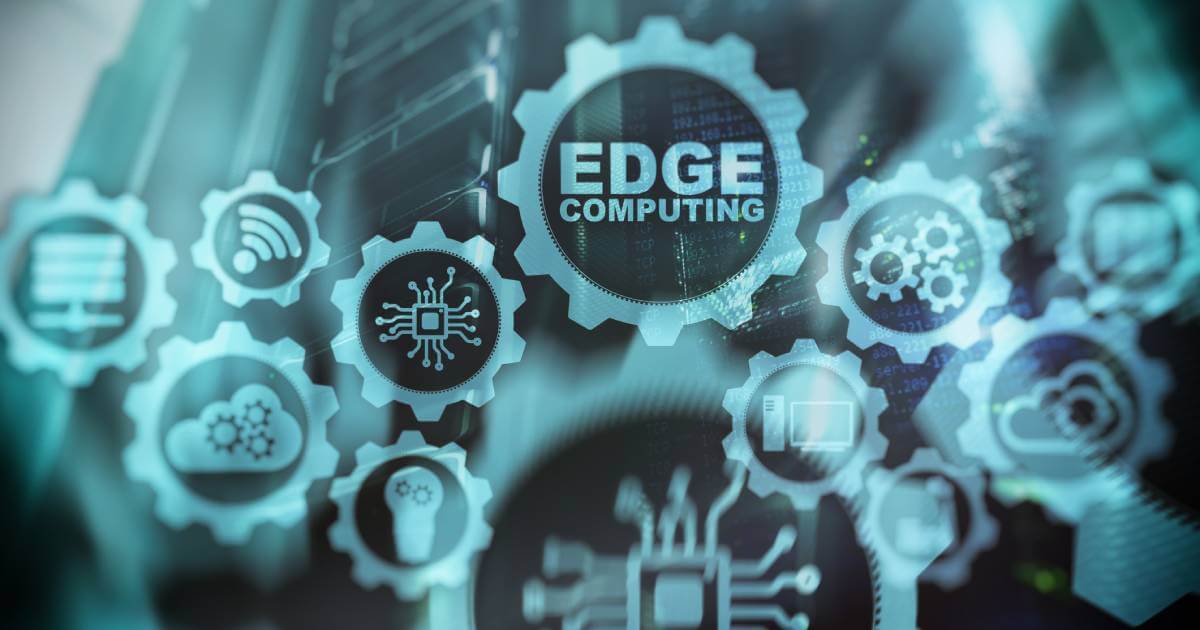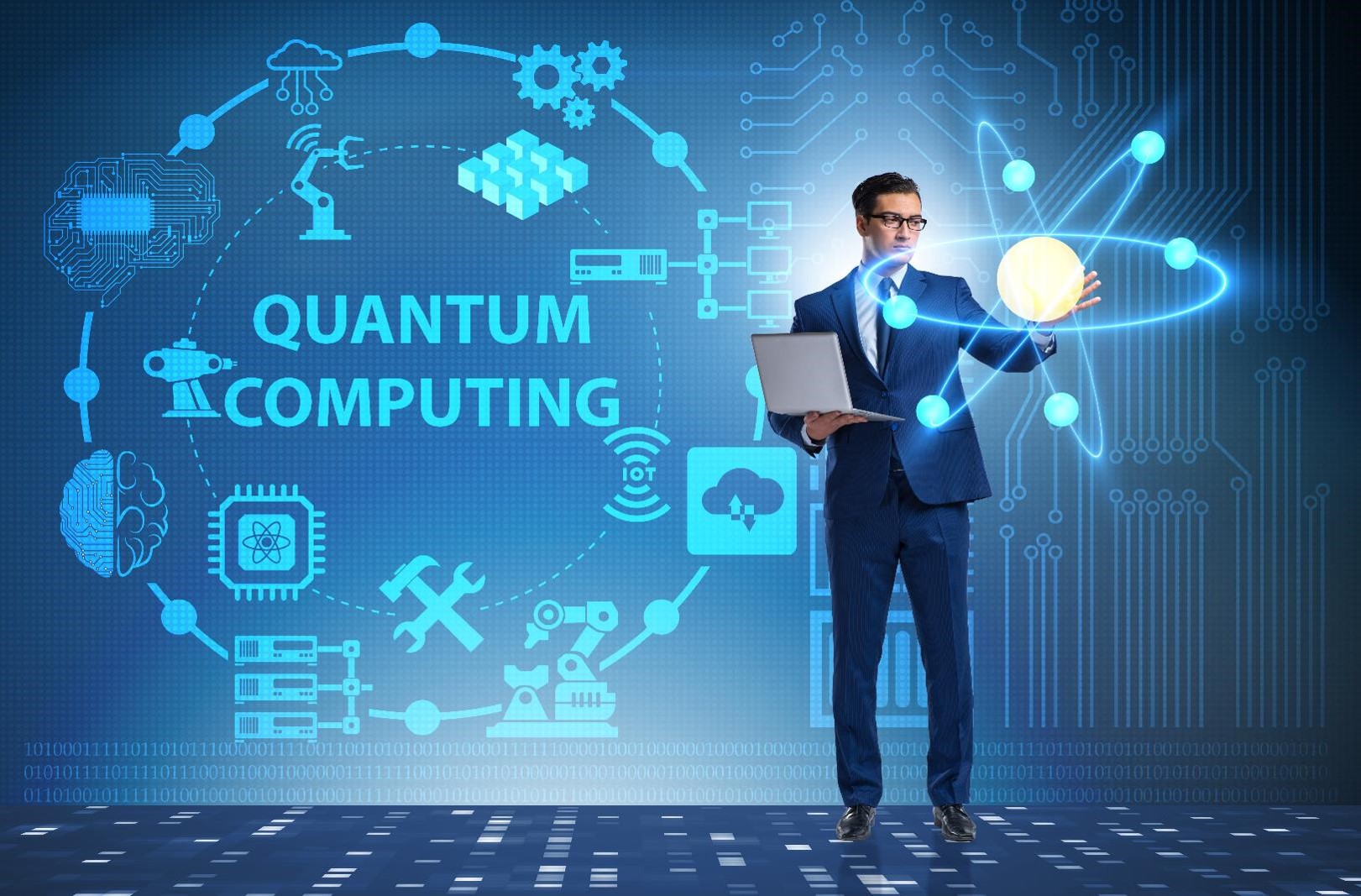Description
Introduction of Edge Computing vs. IoT
Edge Computing vs. the Internet of Things(IoT) are often intertwined, but they serve distinct purposes in the digital ecosystem. This course unpacks the fundamental differences between Edge Computing and IoT while also exploring how they complement each other. Participants will gain a thorough understanding of each technology’s role, the relationship between them, and their combined potential to revolutionize industries through real-time data processing, reduced latency, and efficient resource management.
Prerequisites
- Basic understanding of IoT concepts and architectures
- Familiarity with cloud computing and networking
- Some knowledge of distributed systems and edge computing principles (optional)
- General understanding of programming in Python or C++
Table of Contents
- Introduction to IoT
1.1. Overview of IoT: Definition, components, and architecture
1.2. Key drivers of IoT adoption across industries
1.3. How IoT enables smart devices, environments, and automation
1.4. The role of sensors, actuators, and communication networks in IoT(Ref: Real-Time Data Processing in Edge IoT)
1.5. Limitations of traditional IoT systems: latency, bandwidth, and scalability
- Introduction to Edge Computing
2.1. What is Edge Computing: Concepts and benefits
2.2. Differences from traditional cloud computing
2.3. The importance of data processing at the edge
2.4. Key applications and industries leveraging Edge Computing
2.5. Challenges in deploying Edge Computing solutions
- Key Differences Between Edge Computing and IoT
3.1. Architectural differences: Data flow in IoT vs. Edge Computing
3.2. Where computation happens: centralized cloud vs. distributed edge
3.3. Data storage and processing: IoT sensors vs. edge nodes
3.4. Real-time analytics and decision-making in edge systems
3.5. Security implications: Centralized cloud vs. decentralized edge networks
- How IoT and Edge Computing Work Together
4.1. Understanding the synergy: Edge Computing as an enabler of IoT
4.2. Edge-enhanced IoT systems: Local processing to reduce latency and bandwidth usage
4.3. Edge-to-cloud collaboration in IoT applications
4.4. Case study: How IoT devices benefit from Edge Computing in smart cities, healthcare, and industrial automation
- Data Processing in IoT vs. Edge Computing
5.1. Traditional IoT data processing: Cloud-based analysis and its limitations
5.2. Real-time data processing at the edge vs. sending data to the cloud
5.3. The role of edge gateways in bridging IoT devices and cloud infrastructure
5.4. Advantages of decentralized data processing for IoT applications
5.5. Machine learning and artificial intelligence at the edge
- Communication Protocols and Networking in IoT and Edge Computing
6.1. Key IoT communication protocols: MQTT, CoAP, and HTTP
6.2. Networking technologies in IoT vs. Edge Computing: 5G, LoRaWAN, and Wi-Fi
6.3. Latency and bandwidth management in large-scale IoT deployments
6.4. How edge devices optimize communication and data flow
6.5. Ensuring secure data transmission across IoT and edge networks
- Security and Privacy Considerations in Edge Computing and IoT
7.1. Security challenges unique to IoT: Device vulnerabilities and attack surfaces
7.2. Data privacy concerns in IoT vs. Edge Computing environments
7.3. Edge Computing’s role in mitigating IoT security risks
7.4. Best practices for securing both IoT devices and edge networks
7.5. Case study: Addressing security issues in an edge-enhanced IoT system
- Industry Applications: IoT and Edge Computing Synergy
8.1. Smart cities: Traffic management, surveillance, and energy distribution
8.2. Healthcare: Remote patient monitoring and real-time diagnostics
8.3. Manufacturing: Predictive maintenance and industrial automation
8.4. Retail: Enhancing customer experiences with IoT and edge analytics
8.5. Future trends and emerging use cases of IoT-Edge collaboration
- Hands-on Lab and Project
9.1. Setting up an edge-enabled IoT system using Raspberry Pi and cloud services
9.2. Configuring IoT devices and implementing local data processing at the edge
9.3. Monitoring real-time data flow and optimizing communication between IoT and edge devices
9.4. Securing the IoT-edge architecture and analyzing system performance
9.5. Project review, group discussion, and Q&A
This course helps participants understand the critical distinctions between IoT and Edge Computing while showcasing how their combined potential enhances real-time analytics, security, and efficiency across various industries.
1.Reference for Edge Computing
2.Reference for IoT







Reviews
There are no reviews yet.